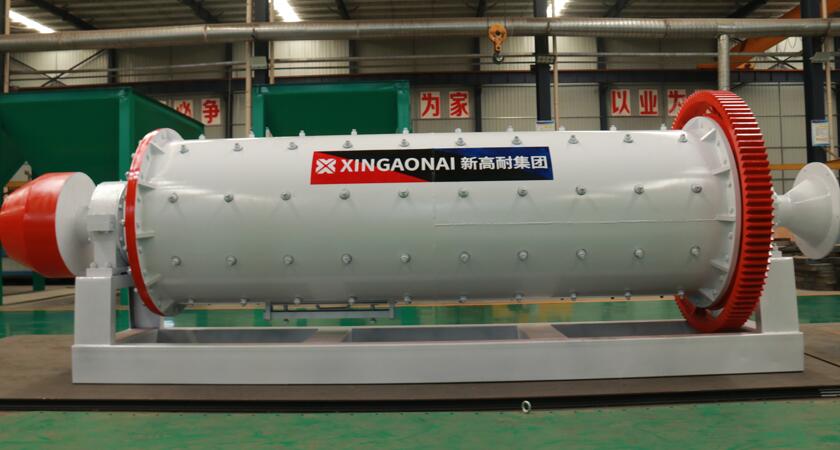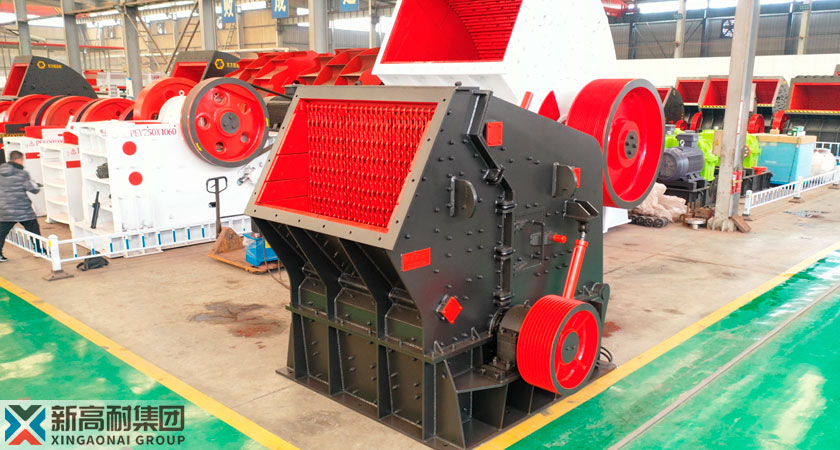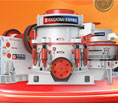Characteristics and uses of niobium-tantalite
 Xingaonai
Xingaonai
![[list:date style=M.d,Y]](/images/date.png) Mar.17,2025
Mar.17,2025
 164
164
If you want to know more details about equipment, solutions, etc, please click the button below for free consultation, or leave your requirements!
Introduction to Niobium-Tantalum Ore
Niobium-Tantalum is a rare metal material, which refers to the general term for minerals containing tantalum and niobium, up to hundreds of minerals. Among them, tantalite and columbite are the most commercially valuable. They are both rare metals with high melting points and high boiling points. They look like steel, with a grayish-white luster and dark gray powder. They have the characteristics of air absorption, corrosion resistance, superconductivity, unipolar conductivity and high strength at high temperatures. These characteristics make niobium-tantalum a basic and widely used high-tech material, and it has important uses in electronics, communications, aviation, aerospace, metallurgy, petroleum, chemical industry, lighting, medical treatment, atomic energy and other fields.
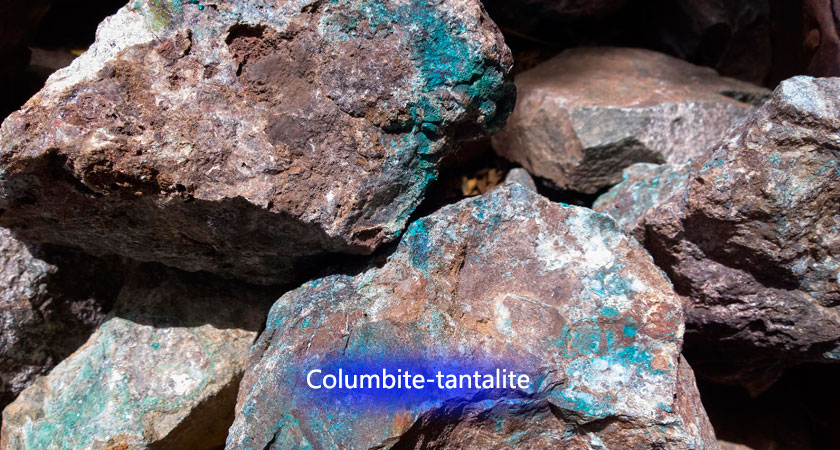
Characteristics of Niobium-Tantalum Ore
Niobium-Tantalum Ore is a general term for columbite and tantalite, belonging to the same mineral series, with a chemical composition of (Fe, Mn)(Nb, Ta)₂O₆. Niobium-Tantalum Ore is usually black or brown-black, with a semi-metallic or metallic luster, opaque, and may have black streaks on the surface. It belongs to the orthorhombic system, with a hardness between 6-6.5 and a density of 5.2-8.0 g/cm³.
The melting point of niobium is 2468℃, which is a high melting point metal. The melting point of tantalum is higher, reaching 2996℃ (some sources call it 3017℃), second only to tungsten and rhenium among metals.
Both niobium and tantalum have good electrical conductivity, which makes them widely used in the electronic and electrical fields. In particular, tantalum, due to its high melting point and high conductivity, is an important material for manufacturing electronic components such as capacitors.
Both niobium and tantalum are stable metals at room temperature and are not easy to react chemically with other substances. They can both maintain stable chemical properties at high temperatures, which makes them widely used in high temperature environments.
Both niobium and tantalum have good oxidation resistance and can maintain metallic luster and mechanical properties at high temperatures. Especially in high-temperature oxidizing environments, their oxidation resistance is even better, which makes them important in high-temperature fields such as aerospace.
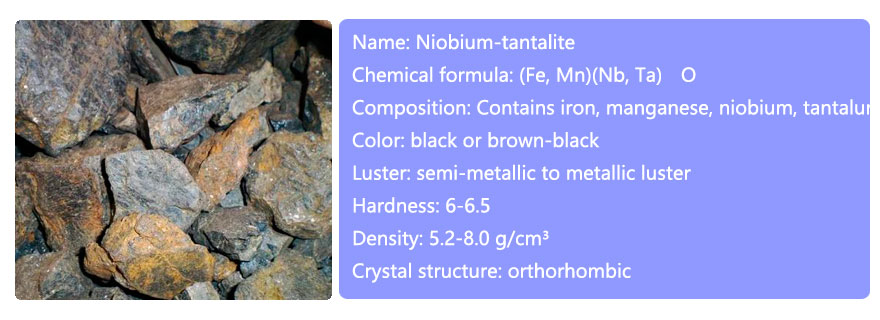
Uses of Niobium-Tantalum Ore
Aerospace: Niobium-tantalum has excellent properties such as high strength, light weight, high melting point and corrosion resistance, and is often used as an ideal material for manufacturing aircraft and rocket parts. For example, tantalum alloys are used to manufacture jet engine parts, while niobium alloys are used to manufacture rocket heat shields and engine parts, improving the reliability and stability of spacecraft in extreme environments.
Electronic industry: Niobium-tantalum can be used to make electronic components such as capacitors and resistors. Tantalum is widely used in the manufacture of capacitors due to its high stability and low leakage characteristics. These capacitors have outstanding characteristics such as large capacitance, low leakage current, good stability, high reliability, good voltage resistance, long life and small size. They are widely used in national defense, aviation, aerospace, electronic computers, high-end civil appliances and electronic circuits of various electronic instruments.
Chemical industry: In the chemical industry, the corrosion resistance of niobium-tantalum has been fully utilized. Since there are often highly corrosive media and complex reaction conditions in the chemical environment, equipment materials are required to have very high corrosion resistance. Niobium and tantalum materials can cope with corrosive media such as strong acids and alkalis, so they are widely used in chemical reactors, heat exchangers, evaporators and other equipment.
Medical field: Niobium and tantalum have good biocompatibility and are not easy to cause human rejection reactions, so they are widely used in medical fields such as orthopedic implants and dental implants. For example, tantalum is used to make artificial joints and bone repair materials, while niobium and tantalum alloys are used to make high-performance medical implants such as dental implants due to their excellent mechanical properties and biocompatibility, playing an important role in improving the quality of life of patients.
Other fields: Niobium and tantalum also have broad application prospects in new energy, nuclear industry, construction and other fields. In the field of new energy, niobium and tantalum are widely used to make high-temperature superconducting materials, which transmit electrical energy under zero resistance conditions, bringing revolutionary changes to the power transmission system. In the nuclear industry, the high-temperature strength and corrosion resistance of niobium and tantalum make it an ideal material for making nuclear reactor components. In the field of construction, niobium-tantalum alloy can be used to make components in high-rise buildings that require high wind pressure, atmospheric loads, and other wind and earthquake resistance.

Introduction to Tantalum-Niobium Ore Process
Main equipment: vibrating feeder, jaw crusher, ball mill, classifier, mixing barrel, flotation machine, spiral chute, shaking table, etc.
Process flow: Tantalum and niobium are generally recovered by the combined selection-metallurgy process. It consists of a roughing plant, a concentrating plant, and a water smelting plant. Tantalum and niobium are relatively dispersed. The roughing plant uses jigging, spiral chute, classifier, shaking table, centrifugal concentrator, spiral chute and other re-selection equipment to select tantalum-niobium and tungsten mixed coarse concentrate. The mixed concentrate is sent to the concentrating plant, where it is first heated and pickled, and then the tantalum and niobium mixed concentrate is obtained by using a classifier, shaking table, magnetic separator, flotation machine, etc. and smelting.
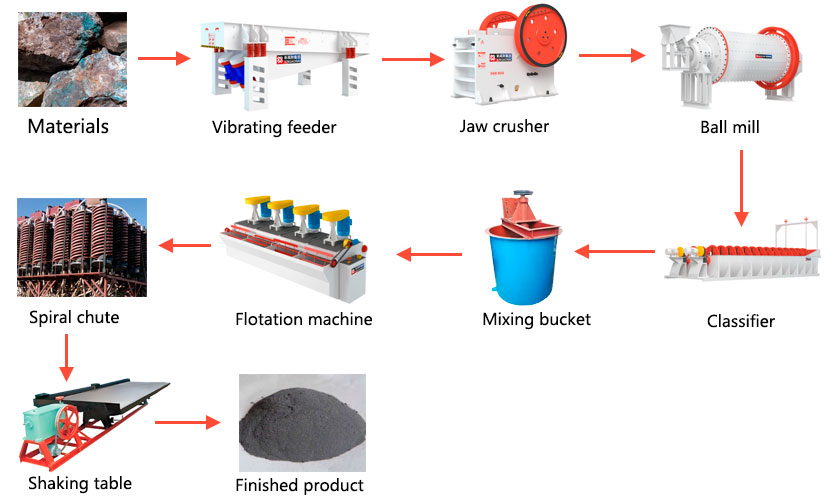
Author: Xingaonai
Reprint address: http://xingaonai.cn/products-knowledge/columbite-tantalite-characteristics-uses.html
 +86 17761642222
+86 17761642222 5917me@gmail.com
5917me@gmail.com




 Message
Message Chat Now
Chat Now






